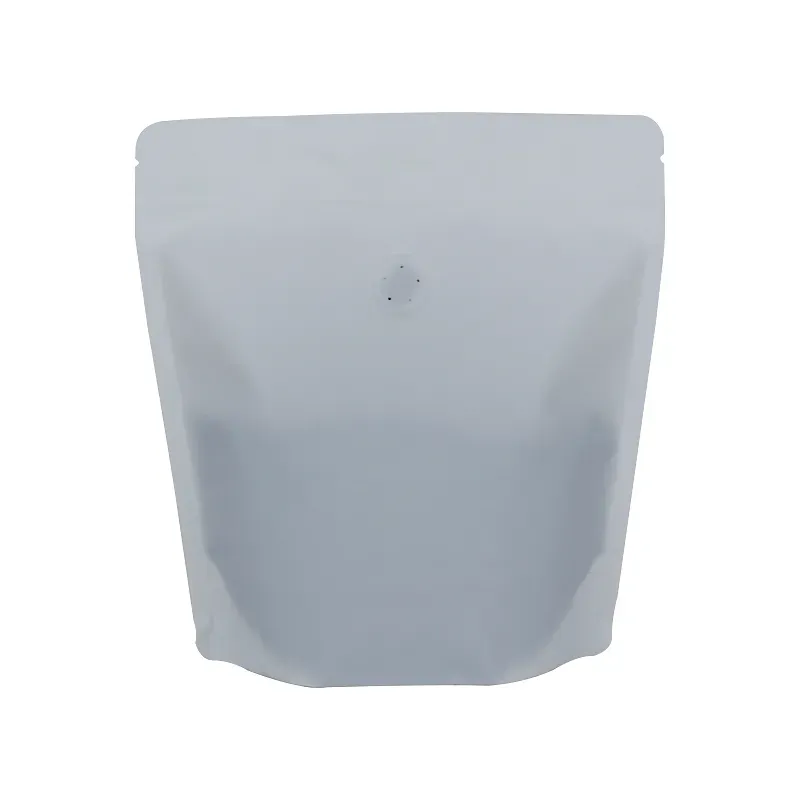- Afrikaans
- Albanian
- Amharic
- Arabic
- Armenian
- Azerbaijani
- Basque
- Belarusian
- Bengali
- Bosnian
- Bulgarian
- Catalan
- Cebuano
- chinese_simplified
- chinese_traditional
- Corsican
- Croatian
- Czech
- Danish
- Dutch
- English
- Esperanto
- Estonian
- Finnish
- French
- Frisian
- Galician
- Georgian
- German
- Greek
- Gujarati
- haitian_creole
- hausa
- hawaiian
- Hebrew
- Hindi
- Miao
- Hungarian
- Icelandic
- igbo
- Indonesian
- irish
- Italian
- Japanese
- Javanese
- Kannada
- kazakh
- Khmer
- Rwandese
- Korean
- Kurdish
- Kyrgyz
- Lao
- Latin
- Latvian
- Lithuanian
- Luxembourgish
- Macedonian
- Malgashi
- Malay
- Malayalam
- Maltese
- Maori
- Marathi
- Mongolian
- Myanmar
- Nepali
- Norwegian
- Norwegian
- Occitan
- Pashto
- Persian
- Polish
- Portuguese
- Punjabi
- Romanian
- Russian
- Samoan
- scottish-gaelic
- Serbian
- Sesotho
- Shona
- Sindhi
- Sinhala
- Slovak
- Slovenian
- Somali
- Spanish
- Sundanese
- Swahili
- Swedish
- Tagalog
- Tajik
- Tamil
- Tatar
- Telugu
- Thai
- Turkish
- Turkmen
- Ukrainian
- Urdu
- Uighur
- Uzbek
- Vietnamese
- Welsh
- Bantu
- Yiddish
- Yoruba
- Zulu
Differences and Similarities Between Embossing and Debossing Techniques
Understanding Embossing vs. Debossing A Comprehensive Guide
In the world of design and printing, texture plays a crucial role in conveying a brand's message or enhancing the aesthetic appeal of a product. Two popular techniques used to create distinctive textures are embossing and debossing. Although both methods involve altering the surface of the material, they produce contrasting effects that can dramatically influence the perception of a design. This article aims to clarify the differences between embossing and debossing, their applications, and the advantages of each technique.
What is Embossing?
Embossing is a technique that raises a design, text, or image above the surface of the material. This is accomplished by pressing the substrate between a male and female die, which forms a three-dimensional relief. The result is that the embossed area protrudes outward, creating a tactile experience and enhancing visual interest. Commonly used on paper products like business cards, letterhead, and packaging, embossing can be used to highlight logos, decorative elements, or important information.
Types of Embossing
1. Blind Embossing This method occurs without the use of ink or foil, leaving a clear, raised impression. 2. Foil Embossing This combines embossing with metallic foil application, adding a shiny, reflective quality to the raised area. 3. Color-Infused Embossing In this technique, colored inks are used to enhance the raised designs, making them stand out even more.
What is Debossing?
Debossing, on the other hand, is the inverse process of embossing. It involves creating a recessed impression in the material, which is achieved using a similar die process. In this case, the design is pressed into the substrate, causing it to sink below the surface. Debossing is frequently used for branding elements, particularly on leather goods, notebooks, and various packaging solutions.
Types of Debossing
1. Blind Debossing Similar to blind embossing, this technique creates a recessed design without any ink or foil, resulting in a subtle and elegant appearance. 2. Foil Debossing This combines debossing with metallic foil application, offering a striking contrast between the debossed area and the surrounding surface. 3. Color-Infused Debossing This method uses colored inks to fill in the debossed area, enhancing visibility and adding an extra layer of dimension.
embossing vs debossing

Key Differences Between Embossing and Debossing
1. Visual Effect - Embossing creates a raised effect, giving a three-dimensional quality to the design. - Debossing produces a recessed effect, offering a more subtle and understated look.
2. Texture - Embossed designs are tactile and can provide a sensory experience that draws the hand to touch. - Debossed areas offer a smooth and flat finish, which can be equally appealing but in a different manner.
3. Application - While both techniques can be used together, they often serve different purposes within a design. Embossing is generally favored for emphasis and visual impact, whereas debossing is chosen for its elegance and sophistication.
Choosing Between Embossing and Debossing
When deciding between embossing and debossing, consider the desired effect you want to achieve. If your objective is to attract attention and create a lively impact, embossing may be the better choice. In contrast, if you prefer a more subtle, sophisticated appearance that conveys a sense of quality and refinement, debossing might be the way to go.
Both techniques offer unique advantages, and the choice ultimately depends on the material being used, the overall design concept, and the message you wish to communicate. Additionally, the combination of both techniques can provide a dynamic and visually engaging result.
Conclusion
In conclusion, embossing and debossing are both valuable techniques that can elevate the quality of printed materials and products. Understanding the fundamental differences between these methods allows designers and brands to make informed decisions, ensuring that their projects convey the intended message and aesthetic appeal. Whether you prefer the boldness of embossing or the subtlety of debossing, both techniques can enhance the tactile and visual experience of your designs.













